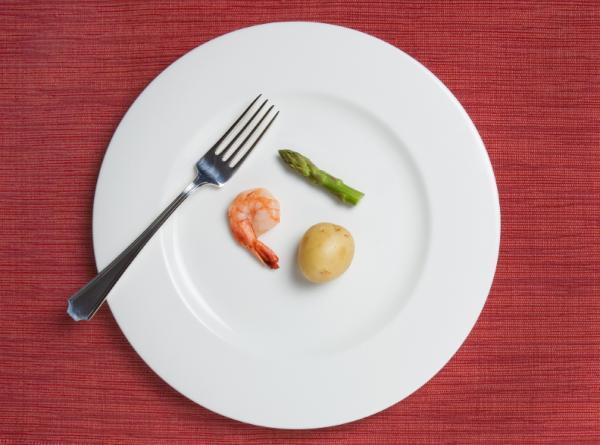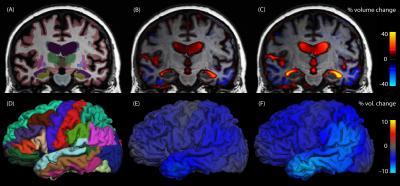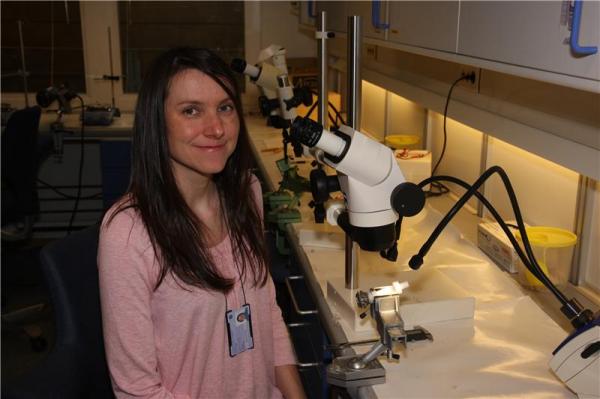
© iStockphotoNew research has unraveled a molecular puzzle to determine that within certain parameters, a lower-calorie diet slows the development of some age-related conditions such as Alzheimer's disease, as well as the aging process.
Researchers at Mount Sinai School of Medicine set out to address a question that has been challenging scientists for years: How does dietary restriction produce protective effects against aging and disease? And the reverse: how does overconsumption accelerate age-related disease?
An answer lies in a two-part study led by Charles Mobbs, PhD, Professor of Neuroscience and of Geriatrics and Palliative Medicine at Mount Sinai School of Medicine, published in the November 17 edition of the journal
PLoS Biology. The study examines how dietary restriction and a high-caloric diet influence biochemical responses.
Dr. Mobbs and his colleagues unraveled a molecular puzzle to determine that within certain parameters, a lower-calorie diet slows the development of some age-related conditions such as Alzheimer's disease, as well as the aging process. How the diet is restricted -- whether fats, proteins or carbohydrates are cut -- does not appear to matter. "It may not be about counting calories or cutting out specific nutrients," said Dr. Mobbs, "but how a reduction in dietary intake impacts the glucose metabolism, which contributes to oxidative stress." Meanwhile, a high calorie diet may accelerate age-related disease by promoting oxidative stress.




